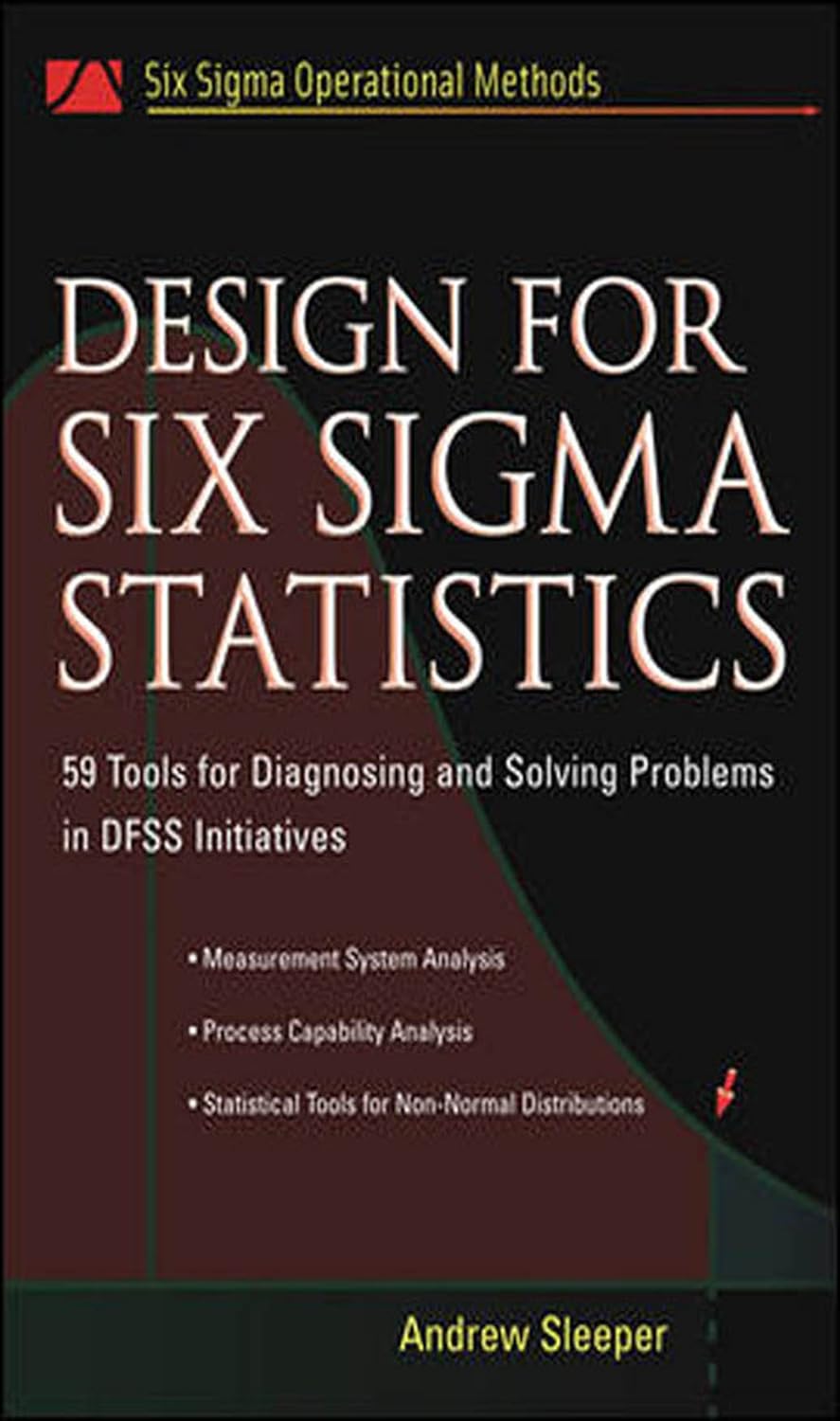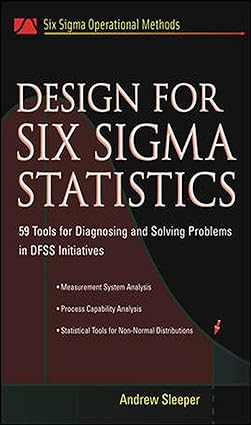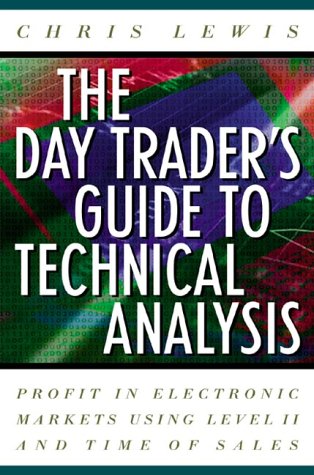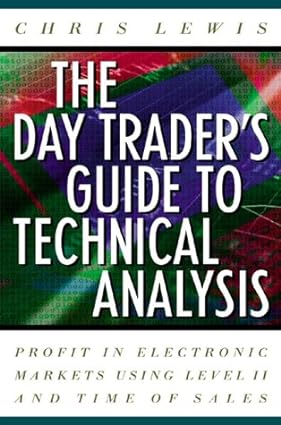
Economic and Financial Decisions under Risk (PDF/EPUB Version)
$18.99
An understanding of risk and how to deal with it is an essential part of modern economics. Whether liability litigation for pharmaceutical firms or an individual’s having insufficient wealth to retire, risk is something that can be recognized, quantified, analyzed, treated–and incorporated into our decision-making processes. This book represents a concise summary of basic multiperiod decision-making under risk. Its detailed coverage of a broad range of topics is ideally suited for use in advanced undergraduate and introductory graduate courses either as a self-contained text, or the introductory chapters combined with a selection of later chapters can represent core reading in courses on macroeconomics, insurance, portfolio choice, or asset pricing.
The authors start with the fundamentals of risk measurement and risk aversion. They then apply these concepts to insurance decisions and portfolio choice in a one-period model. After examining these decisions in their one-period setting, they devote most of the book to a multiperiod context, which adds the long-term perspective most risk management analyses require. Each chapter concludes with a discussion of the relevant literature and a set of problems.
The book presents a thoroughly accessible introduction to risk, bridging the gap between the traditionally separate economics and finance literatures.
eBook features:
- Highlight, take notes, and search in the book
- In this edition, page numbers are just like the physical edition
- Create digital flashcards instantly












_hbpbqeiots.jpg)
_idmgqlrt91.jpg)
_(certification_press)_pfpwp1gw32.jpg)
_(certification_press)_p7lctr3fbt.jpg)





